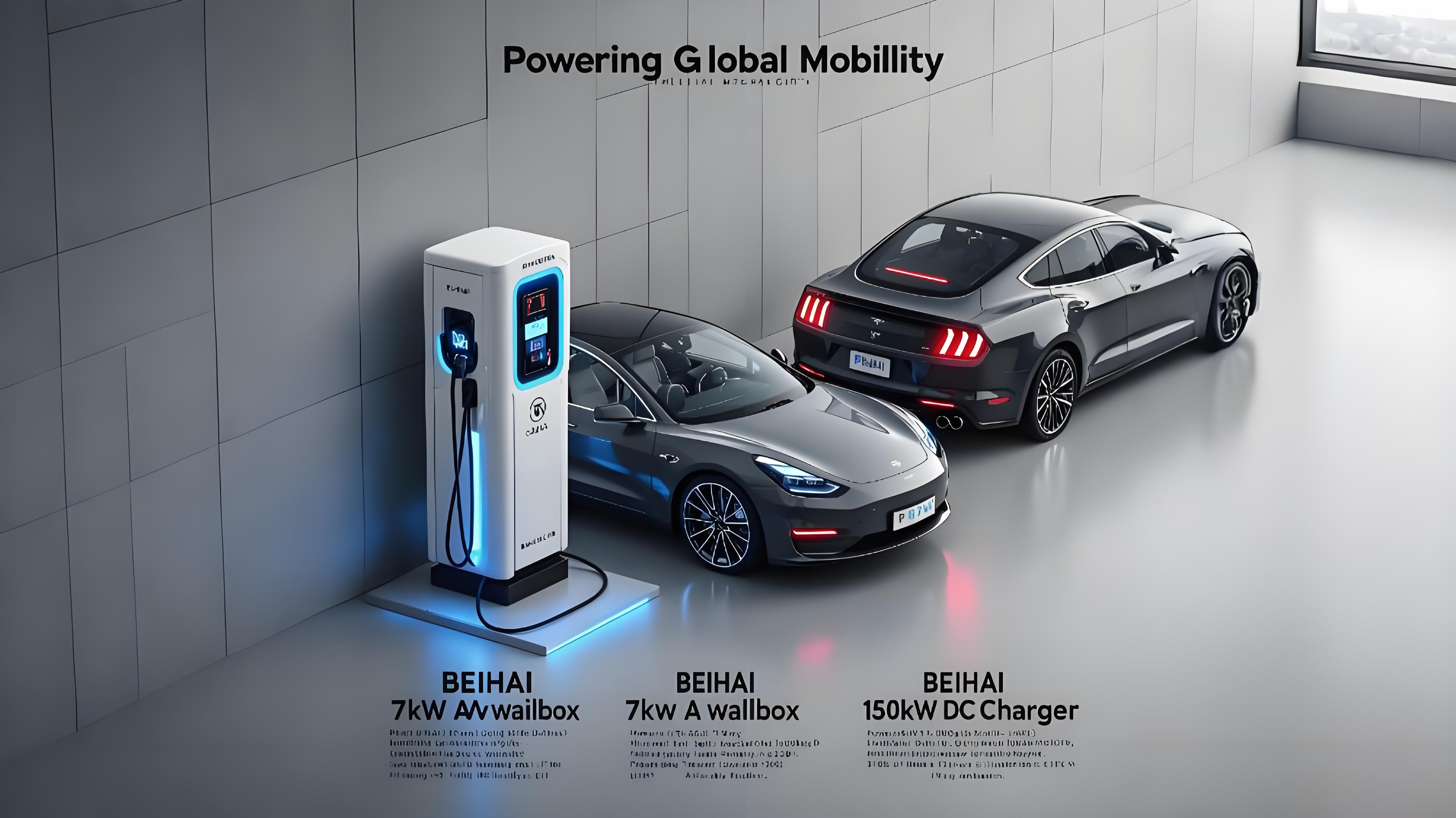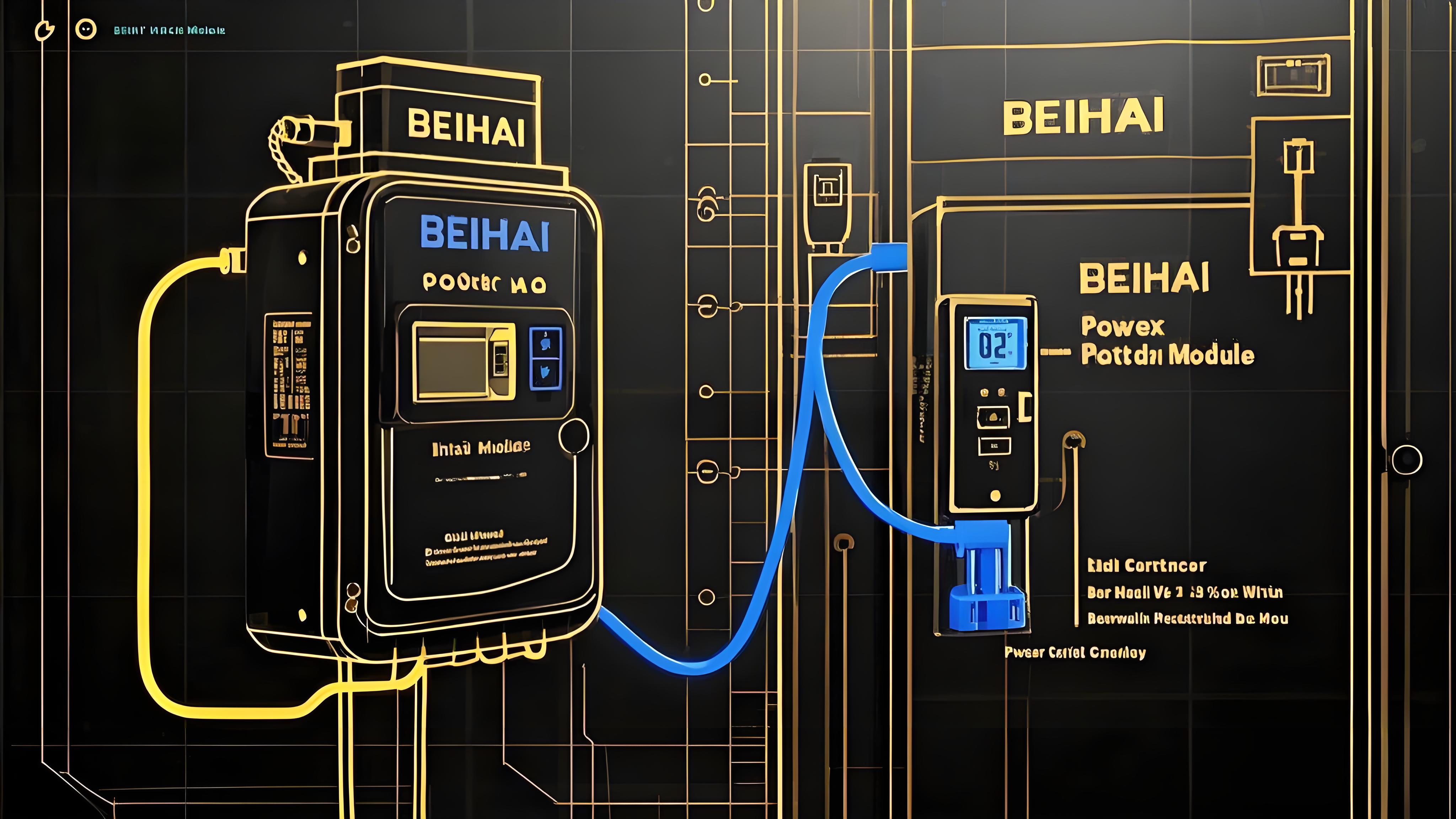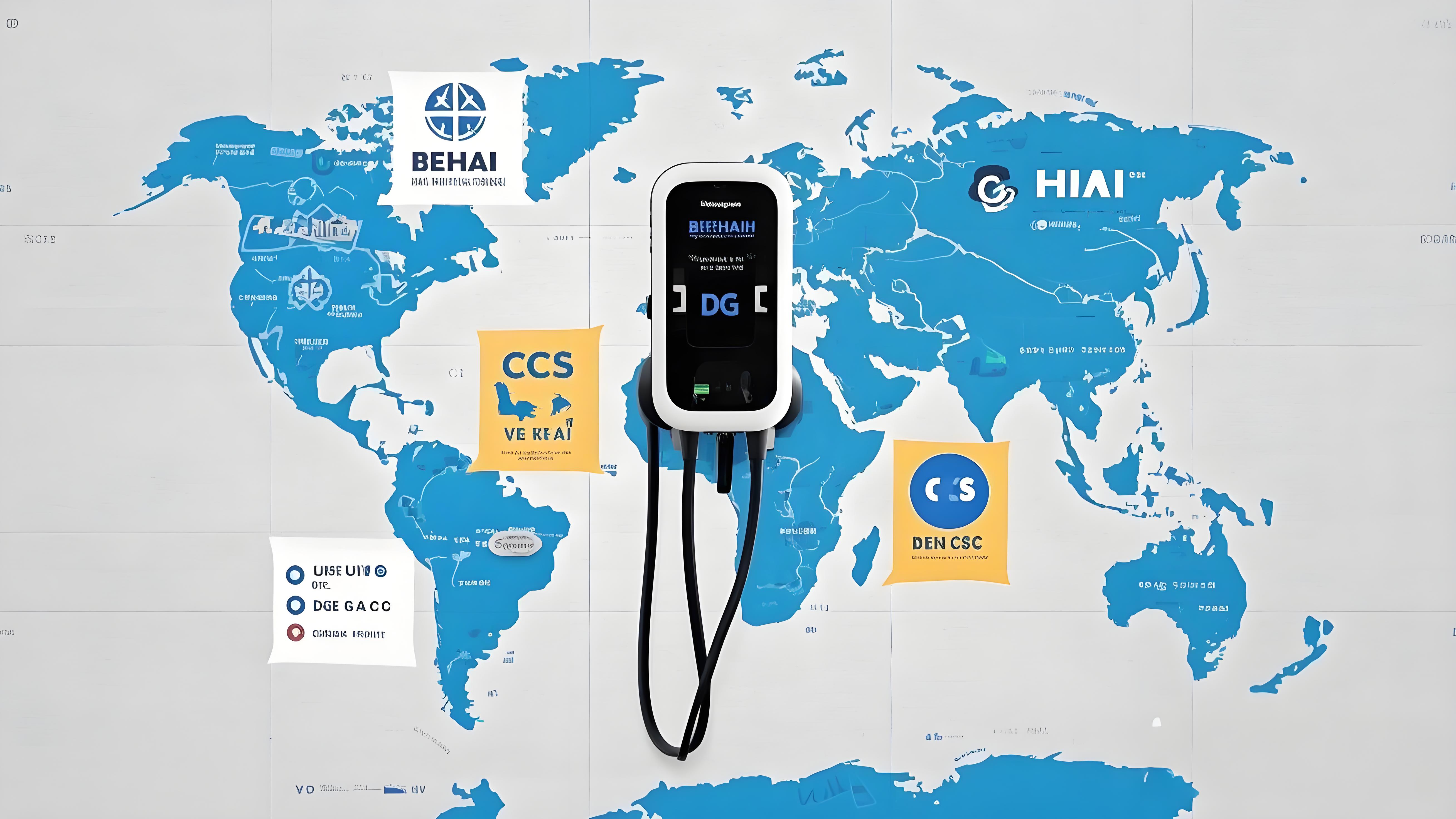Choosing the Right EV Charging Solution: Power, Current, and Connector Standards
As electric vehicles (EVs) become the cornerstone of global transportation, selecting the optimal EV charging station requires careful consideration of power levels, AC/DC charging principles, and connector compatibility. This guide explores how to navigate these factors to maximize efficiency, cost-effectiveness, and convenience.
1. Charging Power: Matching Speed to Needs
EV chargers are categorized by power output, which directly impacts charging speed and application:
- AC Chargers (7kW–22kW): Ideal for residential EV charging posts and workplace electric car charging stations, AC chargers provide overnight or daytime charging. A7kW wallboxdelivers 30–50 km of range per hour, perfect for daily commutes.
- DC Fast Chargers (40kW–360kW): Designed for commercial EV charging piles along highways or fleet hubs, DC chargers replenish 80% battery capacity in 15–45 minutes. For example, a 150kW DC charger adds 400 km of range in 30 minutes.
Rule of Thumb:
- Home/Work: 7kW–11kW AC chargers (Type 1/Type 2).
- Public/Commercial: 50kW–180kW DC chargers (CCS1, CCS2, GB/T).
- Ultra-Fast Corridors: 250kW+ DC charging stations for long-haul EVs.
2. AC vs. DC Charging: Principles and Trade-offs
Understanding the difference between AC chargers and DC chargers is critical:
- AC Chargers: Convert grid AC power to DC via the vehicle’s onboard charger. Slower but cost-effective, these EV charging posts dominate homes and low-traffic areas.
- Pros: Lower installation costs, compatibility with standard grids.
- Cons: Limited by onboard charger capacity (typically ≤22kW).
- DC Chargers: Deliver DC power directly to the battery, bypassing the vehicle’s converter. These high-power EV charging stations are essential for commercial fleets and highways.
- Pros: Ultra-fast charging, scalable for future battery tech.
- Cons: Higher upfront costs, grid infrastructure demands.
3. Connector Standards: Global Compatibility Challenges
EV charging piles and stations must align with regionalconnector standards:
- CCS1(North America): Combines AC Type 1 with DC pins. Supports up to 350kW.
- Pros: High power, Tesla compatibility via adapters.
- Cons: Limited to North America.
- CCS2(Europe): Integrates AC Type 2 with DC pins. Dominates EU markets with 350kW capability.
- Pros: Universal in Europe, bidirectional charging-ready.
- Cons: Bulkier design.
- GB/T(China): Standard for Chinese EVs, supporting AC (250V) and DC (150–1000V).
- Pros: High-voltage DC compatibility, government-backed.
- Cons: Rarely used outside China.
- Type 1/Type 2(AC): Type 1 (120V) suits older EVs in North America, while Type 2 (230V) dominates European AC chargers.
Future-Proof Tip: Opt for EV charging stations with dual/multi-standard connectors (e.g., CCS2 + GB/T) to serve diverse markets.
4. Strategic Deployment Scenarios
- Urban Networks: Install22kW AC charging posts with Type 2/CCS2 in parking lots.
- Highway Corridors: Deploy 150kW+ DC charging piles with CCS1/CCS2/GB/T.
- Fleet Depots: Combine40kW DC chargers for overnight charging and 180kW+ units for rapid turnover.
Why TrustChina BeiHai Power?
We deliver EV charging solutions that balance power, efficiency, and global standards. Our AC/DC chargers and EV charging stations are certified (CE, UL, TÜV) for safety and interoperability. With 20,00+ installations worldwide, we help businesses and governments build charging networks that transcend regional barriers.
Power Smarter. Charge Faster.
Post time: Mar-26-2025








